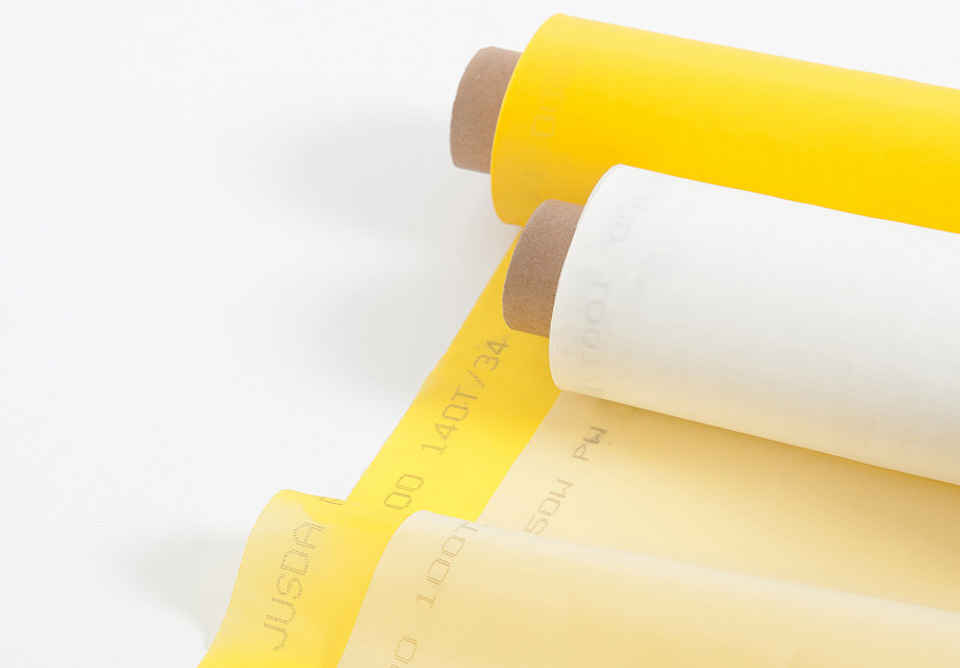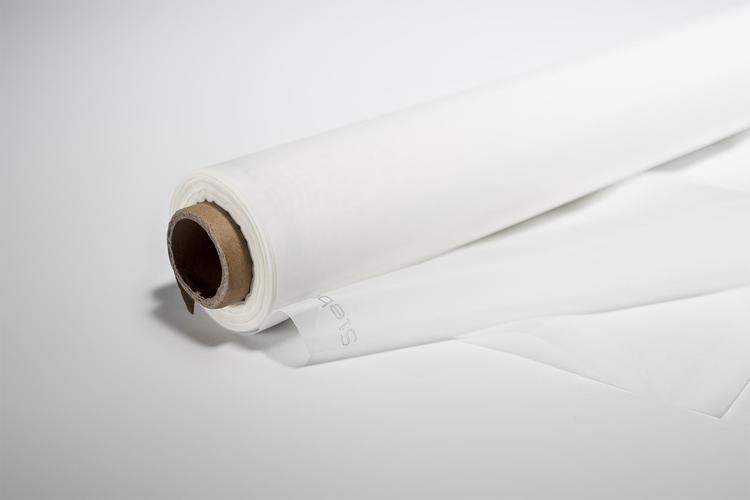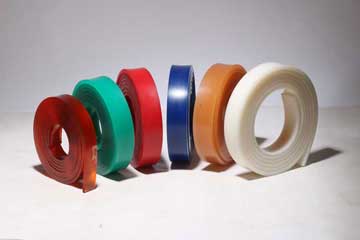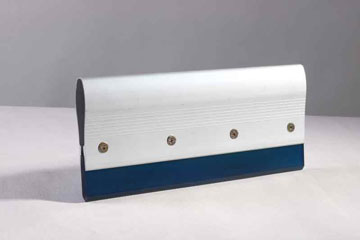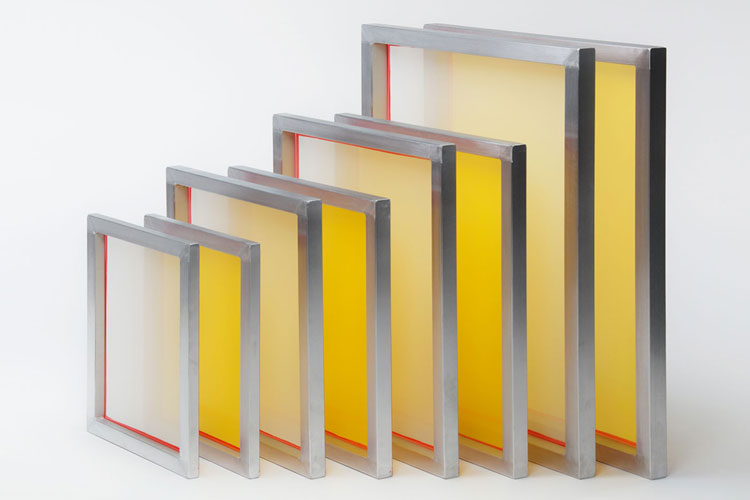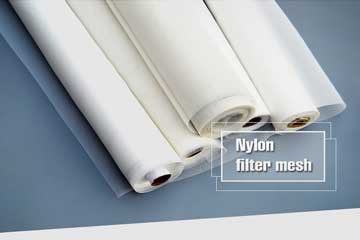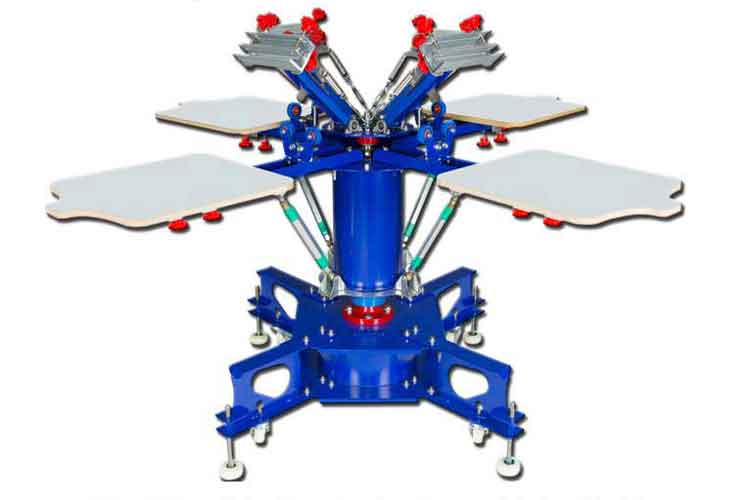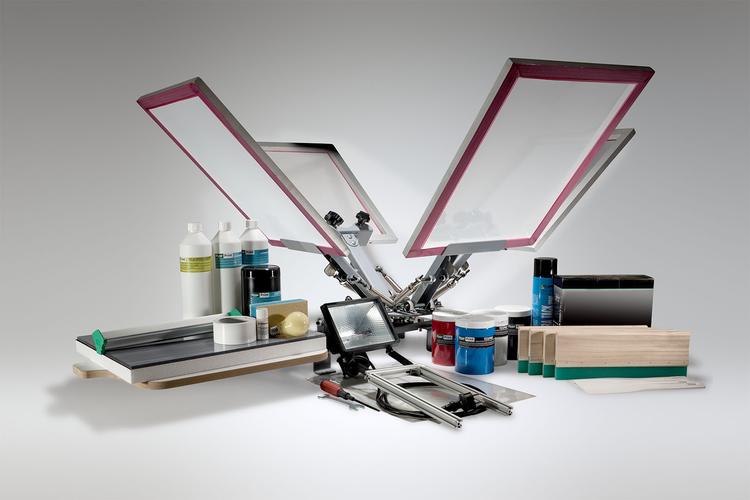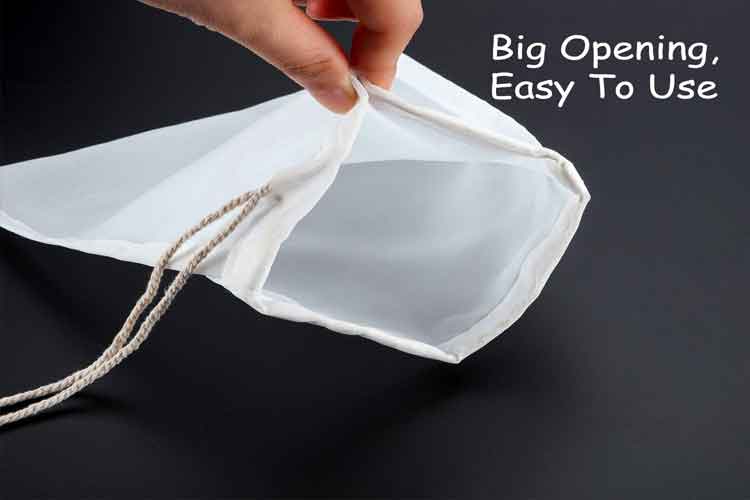Screen Printing ink composition analysis
What are the screen printing ink composition?Screen printing Ink is a uniform mixture of colored bodies (such as pigments, dyes, etc.), linking materials, filling (charge) materials, additional materials and other substances.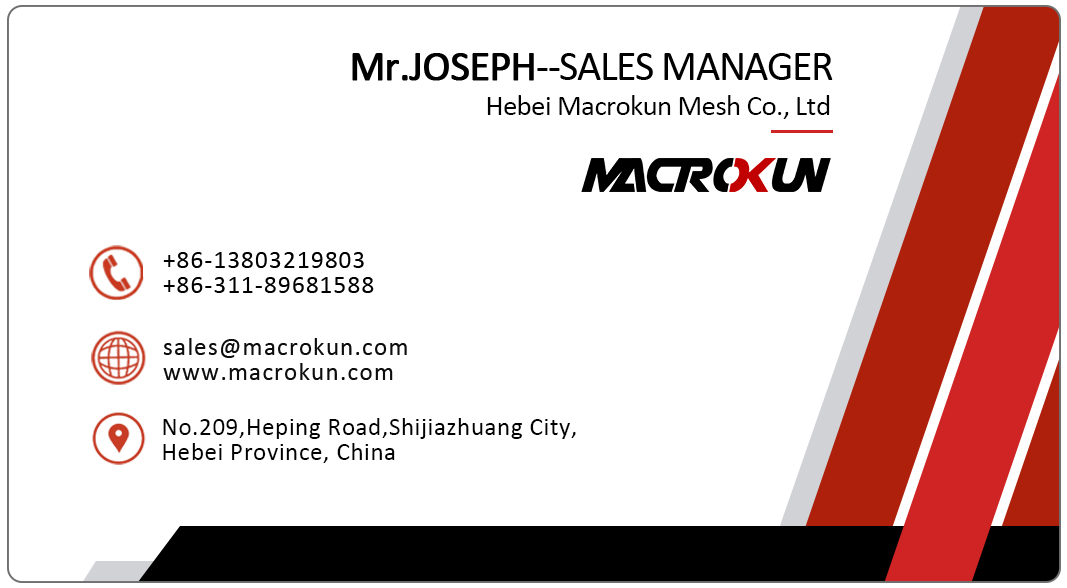
Screen Printing ink composition
Screen Printing inks by the pigment, connecting materials, fillers and other materials uniformly dispersed mixed slurry. Pigments to give the printed products rich and colorful tones; the binder as a pigment carrier, but also as a binder to fix the pigment on the substrate surface; filler to give the appropriate properties of the ink, making the ink to meet the printing printability of various printing processes .
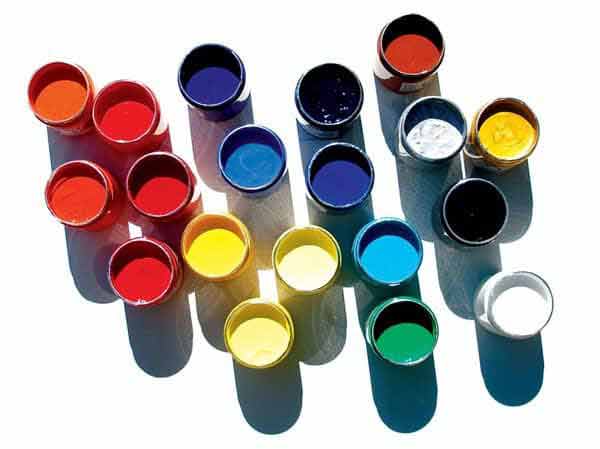
Ink should have a certain mobility, and to meet the requirements of a variety of printing process properties, can quickly dry in the printed matter, the dried ink film should have a corresponding variety of water, acid, alkali, light, rub, Wear resistance and other resistance.
What are the screen printing ink composition?
1, connecting material
The binder is an adhesive fluid that functions primarily as a pigment carrier by mixing and mixing solid particles such as powdered pigments, and secondly as a binder to allow the pigment to eventually adhere to the substrate surface to Achieve the display text, images, markers, decorations and other purposes. Ligand largely determines the viscosity of the ink, viscosity, drying and mobility. To get high-quality inks, you must use high-quality linkers. The main components of the binder are oil (vegetable oil, mineral oil), resin, solvent and auxiliary materials.
2, additives
Due to the variety of printing conditions, at the same time, it is inevitable for printing workers to actively adapt to changing printing conditions, use good inks and improve printing quality. It is inevitable to add several kinds of ink additives with specific properties to the ink. Ink additives can improve certain properties of inks, such as: plasticizers can increase the plasticity of polymer materials, ink film has good flexibility; thinner can make ink thinning, increase ink flow, while reducing Ink viscosity; retarder, also known as viscosity reducer, which can reduce the viscosity of the ink, while not affecting the body of the ink; driers (desiccant) can speed up the ink drying speed; dilute agent used to dilute the purpose The color of the ink, also known as the desalination agent; The purpose of anti-gelling agent is to prevent the gel ink, thickening and agglomeration; Anti-dry agent (antioxidant) can delay the oxidation of dry oil polymerization process; Anti-rub agent) to prevent the ink on the printed product to the other printed on the back; surfactant can improve the dispersion of solid components to prevent its aggregation and precipitation; preservatives can extend the water-based ink storage time; defoaming Agents can eliminate the bubbles generated during the use of ink; UV absorbers can improve the lightfastness of printed matter.
3, Pigments and dyes
Colored materials used in screen printing inks are usually pigments, but also useful for some dyes. Pigments and dyes are very fine particles of colored material. Pigments generally do not dissolve in water, do not dissolve in the binder, most of the solution is called the suspension state; dyes are generally soluble in the binder. Pigments must have high tinting strength, hiding power, chemical stability, light resistance and other properties, while the dispersion in the connecting material should also be high. Commonly used in screen printing inks for inorganic pigments, fillers, organic dyes and dyes.
screen printing supplies screen printing ink
Pre:Screen printing ink color Matters needing attention?
Next:The use of water-based screen printing ink that those matters needing attention?
Tags:
